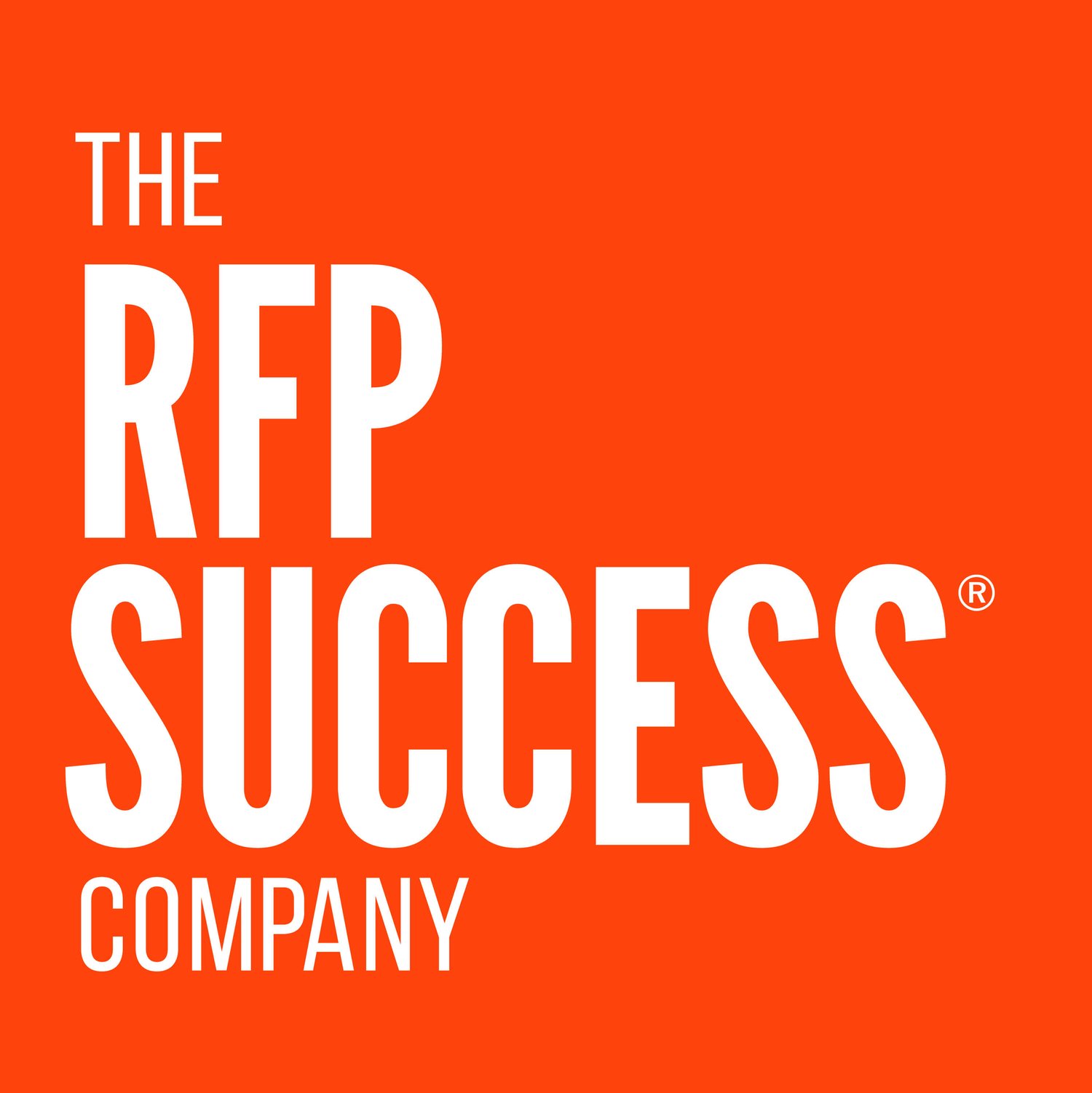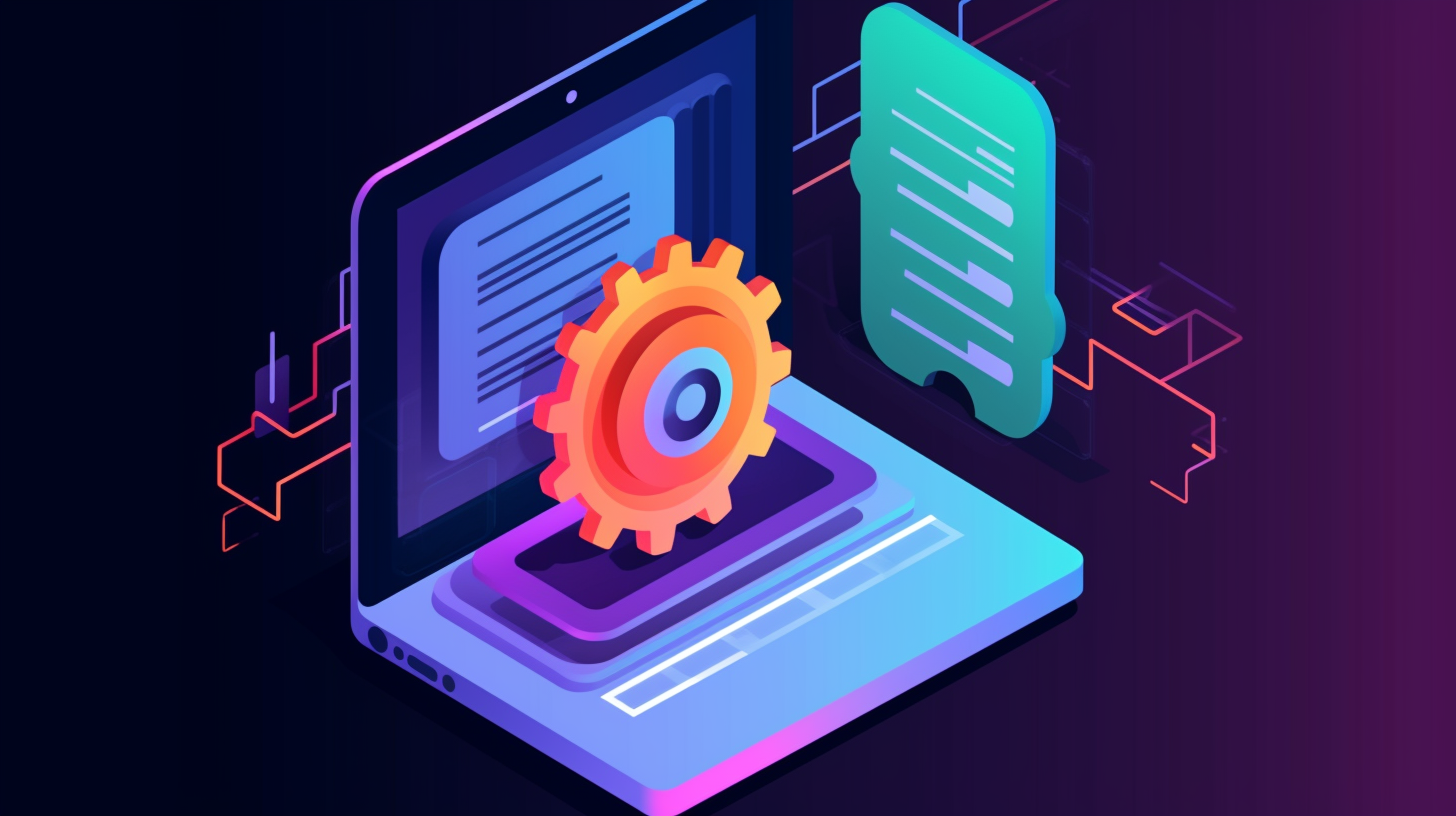Optimizing Efficiency With Rfp Response Automation
In today's competitive business landscape, organizations are continually seeking ways to optimize efficiency and streamline processes. One essential step towards achieving this lies in effectively managing the Request for Proposal (RFP) response process.
RFPs serve as a critical tool in procurement, allowing companies to solicit proposals from potential suppliers and select the best-fit solution based on their specific needs. However, responding to an RFP can be a daunting task that demands considerable time and resources from various departments within an organization.
Hence, the introduction of RFP response automation solutions has emerged as a viable means of enhancing productivity, reducing costs, and improving overall effectiveness in addressing these complex requirements. This article delves into understanding the intricacies of the RFP response process while evaluating the benefits offered by automation solutions tailored for this purpose.
Further, it discusses how businesses can implement such systems to reap maximum gains and highlights key metrics that may aid in measuring their impact on organizational performance. Lastly, with a focus on continuous improvement and optimization, this article offers insights into maintaining competitiveness by adapting to ever-evolving technological advancements in RFP management practices.
Key Takeaways
• RFP response automation solutions can enhance productivity, reduce costs, and improve overall effectiveness in addressing complex requirements.
• Evaluating the effectiveness of various proposal automation solutions is crucial for organizations seeking to streamline their processes and enhance their competitive edge in the market.
• A successful implementation strategy for RFP response automation should involve setting well-defined objectives, identifying potential challenges and risks, allocating appropriate resources, and fostering strong communication channels between different departments or teams working on RFP responses.
• Measuring various aspects such as time savings, increased win rates, improved response quality, and reduced costs is essential for conducting an impact analysis and continually refining the approach to proposal management.
Understanding the RFP Response Process
Comprehending the Request for Proposal (RFP) response process is crucial for organizations seeking to enhance efficiency and secure contracts in a competitive business landscape. At its core, the process involves two main components: RFP preparation and proposal customization.
RFP preparation refers to the development of a comprehensive document that outlines an organization's needs, requirements, and expectations from potential suppliers or service providers. This document may include specifications, terms and conditions, evaluation criteria, and other pertinent information related to the project.
Proposal customization entails tailoring responses to address specific concerns or challenges outlined in the RFP while showcasing an organization's unique capabilities and strengths.
A thorough understanding of these critical aspects allows businesses to craft persuasive proposals that effectively convey their value proposition while meeting client requirements. Additionally, this knowledge can help identify opportunities for improvement within existing processes – enabling companies to refine their approach over time and optimize overall performance.
As organizations continue exploring methods for streamlining workflows and maximizing resources in today's fast-paced environment, evaluating RFP response automation solutions emerges as a promising strategy for enhancing operational efficiency and gaining a competitive edge.
Evaluating RFP Response Automation Solutions
Assessing the effectiveness of various proposal automation solutions is crucial for organizations seeking to streamline their processes and enhance their competitive edge in the market. To ensure an informed RFP software selection, companies must consider a variety of factors while conducting a vendor comparison. These include ease-of-use, customization capabilities, integration with existing systems, cost-effectiveness, and scalability. Additionally, it is essential to examine the availability of customer support services provided by vendors to address any potential issues that may arise during implementation or daily operations.
When conducting RFP software evaluations, it is important for organizations to thoroughly analyze each solution's features and functionalities in relation to their unique needs and requirements. This includes evaluating how efficiently the system can manage content libraries, automate proposal creation based on predefined templates, facilitate collaboration among team members throughout the response process, and generate insightful analytics reports for decision-makers.
By carefully considering these aspects during vendor comparisons and selecting an appropriate solution that aligns with company goals and objectives, businesses can position themselves well on their journey towards implementing RFP response automation that drives efficiency gains across all stages of the process.
Simplifying RFP Responses with Customizable Templates
Implementing RFP Response Automation
Embarking on the journey to implement advanced proposal management systems necessitates a strategic approach, encompassing meticulous planning and thorough consideration of organizational needs, alluding to the crucial role such software plays in streamlining workflows and bolstering competitiveness in today's fast-paced business environment.
Streamlining collaboration among various stakeholders involved in responding to RFPs is one of the most sought-after benefits of automation, as it not only reduces duplication of efforts but also fosters a culture of knowledge-sharing within organizations.
Enhancing personalization through tailored responses based on insights gleaned from past performance data is another aspect that must be factored into any implementation plan for RFP response automation.
A successful implementation strategy should involve setting well-defined objectives, identifying potential challenges and risks, allocating appropriate resources, and fostering strong communication channels between different departments or teams working on RFP responses.
As part of this process, businesses can derive maximum value from their investment by prioritizing features that best align with their unique requirements and ensuring seamless integration with existing tools and processes.
It is also vital to provide adequate training and support for staff members who will be using the new system to ensure they are equipped with the necessary skills for optimal utilization.
In conclusion, an effective implementation strategy paves the way for organizations to capitalize on the immense potential offered by RFP response automation solutions while simultaneously paving a smooth transition into analyzing its impact on overall efficiency levels.
Measuring the Impact of Automation
Evaluating the repercussions of incorporating advanced technological solutions in proposal management processes necessitates a comprehensive analysis of key performance indicators, shedding light on enhanced collaboration, resource allocation, and overall productivity.
Conducting an impact analysis involves measuring various aspects such as time savings, increased win rates, improved response quality, and reduced costs. By comparing these metrics before and after implementing RFP response automation tools, organizations can gain insight into the effectiveness of their investment.
Furthermore, assessing automation benefits such as streamlined workflows and more efficient use of human resources can provide valuable information for future decision-making.
To ensure the success of RFP response automation initiatives, it is essential to establish a feedback loop that allows for continuous improvement and optimization. This process includes monitoring progress regularly and identifying areas where additional refinements may be required.
Moreover, companies should stay informed about emerging trends and best practices in the field to maintain a competitive edge. In this way, organizations can continually refine their approach to proposal management using advanced technology solutions while maximizing return on investment and achieving desired business outcomes.
This ongoing commitment to excellence will ultimately pave the way for sustained growth and long-term success in an ever-evolving marketplace.
Continuous Improvement and Optimization
Pursuing continuous improvement and optimization in proposal management processes enables organizations to adapt to changing industry landscapes while delivering superior results and maintaining a competitive edge. To achieve this, businesses must consider both process streamlining and team collaboration as vital components of their strategy. Streamlining processes involves identifying redundancies, bottlenecks, or inefficiencies within the existing workflows, while fostering team collaboration ensures that all stakeholders are actively engaged in driving improvements.
By incorporating these key elements into their continuous improvement strategies, organizations can benefit from improved efficiency, better resource allocation, higher proposal win rates, and ultimately increased profitability. Embracing change and continuously refining best practices will set the stage for sustained growth and success in an increasingly competitive business environment.
Optimizing RFP response management
Frequently Asked Questions
How can I ensure my team's RFP response quality is maintained or improved with automation?
To maintain or improve RFQ response quality, adopting automated proposal generation is crucial. This approach ensures precision, consistency, and detail-orientation while engaging the audience with comprehensive understanding of their requirements.
Are there any potential risks or challenges associated with implementing RFP response automation?
Risks and challenges associated with RFP response automation include potential loss of personalization, increased complexity, and misinterpretation of requirements. Proper risk mitigation strategies can address these concerns while maintaining efficiency gains.
How can RFP response automation help streamline collaboration between different departments or teams within my organization?
RFP response automation fosters streamlined communication and cross-functional collaboration by centralizing information, minimizing redundancy, and providing real-time updates to facilitate seamless coordination between departments or teams within an organization.
What kind of support or training is typically provided by RFP response automation solution providers to help my team adapt to the new system?
Adoption strategies offered by RFP response automation solution providers typically involve customized training programs, incorporating diverse learning methodologies to facilitate seamless integration and adaptation for organizational teams.
Are there any industry-specific considerations to take into account when selecting and implementing an RFP response automation solution?
Industry-specific considerations for selecting and implementing an RFP response automation solution include industry customization to address unique requirements, and solution scalability to accommodate evolving business needs.
Conclusion
In conclusion, the adoption of RFP response automation presents a pivotal opportunity to enhance organizational efficiency and effectiveness in addressing complex proposal requirements.
Through continuous evaluation and optimization, such solutions enable the creation of synchronized symphonies of information, weaving intricate tapestries of knowledge tailored to each unique bidding situation.
Ultimately, this innovative approach empowers enterprises to soar towards new horizons of success by harnessing the full potential of technology-driven processes.
By transforming traditional methods into streamlined systems, organizations can navigate the labyrinthine landscape of proposal development with confidence and precision, elevating their competitive edge in today's dynamic marketplace.
| Continuous Improvement Opportunities | Benefits |
|---|---|
| Process Streamlining | Improved efficiency and reduced time spent on repetitive tasks |
| Team Collaboration | Enhanced communication and shared understanding of goals |
| Data-driven Decision Making | Informed insights based on historical performance data |
| Technology Adoption | Leveraging automation tools for increased productivity |
| Feedback Loops | Identifying areas of improvement through iterative learning |





